Art Of Noise - Interview with JJ Jeczalik
by Paul Waller
published: 3 / 4 / 2014
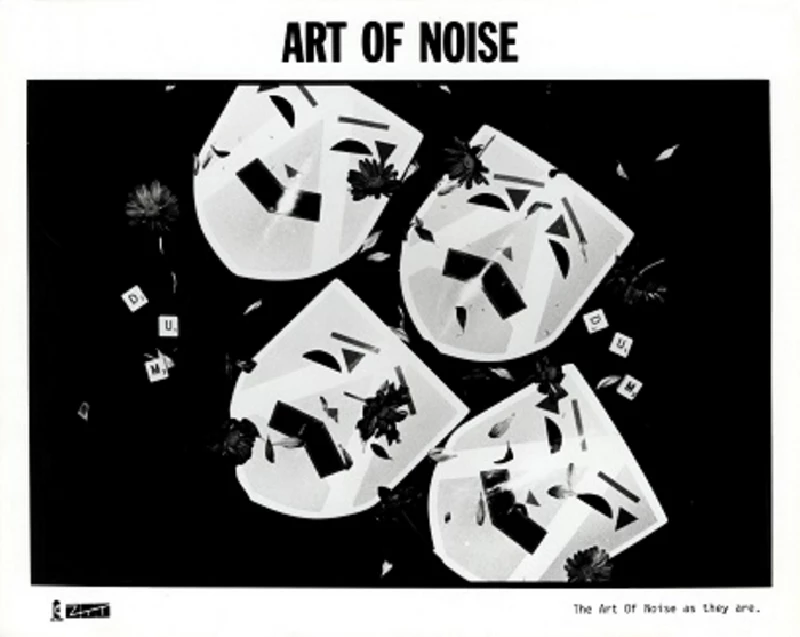
intro
In our second interview with electro-pop innovators the Art of Noise Paul Waller chats to programmer JJ Jeczalik about his group's formation and influence
This month, in the second instalment of Pennyblackmusic’s ZTT’s 30th anniversary coverage, we speak, after interviewing his band mate Gary Langan last month, the Art of Noise’s founder JJ Jeczalic about the formation of the 80’s sample happy electro-pop innovators, the group’s legacy and just what it involved for the man when grappling with the then space-age Fairlight sampler technology. PB: First of all I have to give you a big thanks because the ‘Paranoimia’ single was my introduction to electronic music. It was so other worldly compared to the stuff I was listening to on the radio as a kid that it opened my whole musical world. JJ: Well, that’s great news, thank you. Do you know how I came up with the title ‘Paranoimia’? Someone came up with the title of ‘The Art of Noise are Paranoid’. But I thought that was a bit boring, so I sampled ‘Paranoid’. The samples I selected in the middle of it I flipped round and it became ‘Paranoimia’. PB: It was that dripping sound that’s in it that stood out for me. I’d not heard anything like it before. JJ: It’s always those odd things that tend to make a big difference. I’m glad that you liked it. I appreciate that. PB: What was your first musical memory? What was that spark that led you to where you are today? JJ: It probably would have been when I was listening to the Top Twenty show on the radio that they used to do on a Sunday evening, but latterly at school I would be listening to what other people were playing, things like Cream, George Harrison, Eric Clapton – all of that lot, but I suppose the definitive moment was that there was this guy who was totally into T. Rex but when they were Tyrannosaurus Rex. PB: When it was a more folky thing that Marc Bolan had going on? JJ: Yeah, when they changed the name to T. Rex he wasn’t a big fan but I was, I thought T. Rex were absolutely unbelievable. For me it must have been when I first heard something like ‘Ride a White Swan’. PB: So, I take it that was whilst you were at school? JJ: Yes. PB: Well, can you remember the first time you heard electronic music at all? JJ: Hmmm, you know I don’t actually know, I wasn’t really aware of it, probably not until I started to work on it myself. To this day I still listen to classical music and have a very broad range of tastes and interests in music. It’s one of those things in which when you listen to something it either does something for you or it doesn’t. But T. Rex and the pop music format stuff that was very formative for me. PB: When I listen to Art of Noise I find it to be grounded in the pop music format, but it shimmers slightly with an odd flow. It’s a skewed version of pop. JJ: Well, we worked within the conventional verse chorus verse middle eight structure, but we always subverted it and messed it around. ‘Moments of Love’ for example, I wrote that tune (sings the melody) and then we thought about what we could do with it. We came up with the idea that rather than having an eight bar loop we should have a nine bar loop, so it basically still ran a cycle but we had that extra bar to muck around with, and that’s where all the weirdness could come in. PB: It’s that odd moment or two in each song that after all these years still keeps the music sounding relatively fresh. JJ: Well, the aim I always had was to provoke some kind of reaction by doing something unexpected. PB: Was it an accident that you fell into using sampler technology then? JJ: Pretty much.I moved to London and my friends would go out to watch this band called Landscape, who were professional musos in Crouch End. I ended up working for the drummer Richard Burgess, and he ended up doing the sessions on the Buggles records. So, I met Jeff Downes and Trevor Horn that way. Before I knew it I had a job with them. The next thing you know is that they joined Yes, and I am looking after Jeff’s keyboards and then he buys this thing called the Fairlight. It all sprang from there really. PB: Those early Fairlights were clunky bits of machinery; you had to put a lot of effort in to get a little sample out. Did you find it difficult to work with? JJ: I used to sit there with Jeff and Dan and to try and figure out how it worked; the manual was about eight pages if I remember correctly. Very basic stuff so after that you were on your own. Of course back then there were no YouTube videos and things. In fact they did have a user group that ended up being incredibly helpful, but it was worth it. When I met this thing it became pretty obvious very quickly that it was going to transform everything and it was going to be of major consequence, musically speaking. It was the first piece of kit that allowed you to sample things and play it back. It was amazing. Eventually when I started working with Trevor Horn he bought the Fairlight, and said, “Just take it away and learn it for when I need you. Just get some interesting stuff together,” so I had it in my room with me in London. I was compiling anything and everything I could to put into it that sounded interesting and unusual. It became apparent to me early on that there was very little point in sampling musical instruments because when you did they sounded pretty terrible. PB: Once you had mastered the thing, you got busy pretty quickly. You worked on Malcolm McLarens’s ‘Duck Rock’ and began to have success with Art of Noise? Did you get any time to take stock of what you were achieving at the time? JJ: At that time I was incredibly busy, and didn’t really get any time to think about it all, I was often working six or seven days a week, and so those records that were being successful, well, I didn’t often even know. It’s true. And when the Art of Noise record was number one in America’s dance charts I didn’t know. I just happened to be out shopping and getting into my car, turned on the radio and my girlfriend said, “Hang on, that’s your track, isn’t it?” Afterwards I heard Paul Gambaccini state that it was number one in the Black charts in America. It was a real shock. I was so busy I didn’t track those sorts of things at all. PB: The genesis of the Art of Noise, was that stemming from the work you did on ‘Duck Rock’? JJ: I suppose so, in terms of attitude, Malcolm had a wonderful we can do anything attitude towards things, but what happened was that I was called in by Trevor on Yes’s ‘90125’ album sessions. We were working on ‘Owner of a Lonely Heart’. So, I got the weird sounds together for those break stabs on that, and then one Friday night Gary Langan who was engineering was like, “C’mon John, stay behind. I’ve got a really good idea.” I was tired and I’d had a really busy week, but he had managed to persuade me and he had recorded Alan White playing the drums using a talk back microphone in the old Air Studios and said, “What do you think of this drum sound?” He played it on the monitors. I just went WHOA! It was incredible. He said we should sample it. Before we knew it we were off creating what became ‘Beat Box’. It took us from around 10 p.m. Friday night to 8 a.m. Saturday morning, and he pretty much mixed it on the spot. Another interesting thing about it was he was playing the tape back, and at this point I wasn’t really paying attention and I sampled the drum track in the wrong spot. Rather than sampling the downbeat I sampled it on the snare and it sounded a bit weird, but we looped it and because it was in this strange place on the bar it had the most incredible feel. It was definitively the very first drum loop using an electronic machine. Obviously people like the Bee Gees and the Beatles had been using tape loops for a long time. PB: Regarding the label ZTT which is always mentioned in the same breath as the Art of Noise, how involved were you on a personal level? JJ: Well, I was working in Trevor’s team as his programmer when he was doing the ABC album ‘The Lexicon of Love’, and all that early stuff before the formation of ZTT It was during the time of the Yes ‘90215’ album, doing things like ‘Owner of a Lonely Heart’ and when Gary and I created that first version of ‘Beat Box,’ that the whole ZTT thing was being put together. In fact the reason why I didn’t know it had gotten in the charts is because Trevor had taken the tape away to Chris Blackwell (founder of Island Records - Ed)), and he said to not do anything to it and just put it out. So, yes, Art of Noise was the first release on ZTT. Most people think it was Frankie Goes to Hollywood’s ‘Relax’, but, yes it was almost a guerrilla release. Even I didn’t know anything about it. When Trevor took over the Basing Street Studios I was doing a lot there, I was working on Art of Noise and I was working with Propaganda. Pretty much everything that came out on ZTT I was involved with in one form or another. PB: With Frankie Goes to Hollywood breaking big did you ever feel that Art of Noise got put on the backburner a bit promotion wise? JJ: No, it was completely different than a normal situation; Frankie was a band that had gotten signed, and Art of Noise was a collective. The collection of us was always doing something with someone all the time. We would only get together and do things when we could. If anything we were manufactured into a band after the event if you like. For instance with ‘Moments in Love’ I wrote the tune and then we got the whole track going. Then we showed it to Paul Morley and he came back the following day and said, “I think we should call it ‘Moments in Love’, so that’s where it got its name from. But then we wouldn’t do anything else for a few weeks, so it was very much a different set up than the norm because we weren’t a band. We just did things as and when. There was no sense at the time that we were a band, it was just a bit of a laugh. Paul’s thing about being anonymous which I must admit to not appreciating at the time, having watched the Frankies spend thousands of pounds on cabs for years, you know, just spending all of their money. Well, I actually think that being anonymous wasn’t such a bad thing after all. PB: One of the things that the Art of Noise is best known for is the ‘Close (To the Edit)’ video. How much input did you have with that glitch ridden masterpiece? JJ: None, I didn’t. Trevor called us in for a meeting and said, “I want to show you something. He had gotten the video back from America where it was shot by our record label there, so he put it on and we were all gobsmacked. It didn’t go down terribly well in certain quarters, but I said that it was the most brilliant thing because people will be shocked by that because it’s amazingly provocative. It got to the point that when we went on tour in America Anne put in an order for a grand piano, but they wouldn’t supply it because they thought it would have ended up being chainsawed up. I like to observe people, and the second time we watched it through a few people in the room moved their hands back when the chainsaw went through the piano, I thought, “God, that is good.” Because our thing was to rip apart and dismantle music I think that Zbigniew Rybcznski, the man who did it, he got that completely. He was creating something new out of destroying stuff. He completely got it. PB: Did you enjoy The Prodigy’s sampling of the Hey Hey’s from ‘Close (To the Edit)’ when they had their massive hit with ‘Firestarter’? JJ: Well, we got some publishing royalties from that so, yeah, I was very happy with that. It was also played on the Olympic opening ceremonies, and I was very happy with that too. Do you know what? How it originally happened was that I went off and recorded this girl at a choir near where I lived, as I was told this girl had a really amazing voice. I recorded it in a chapel at quite a long way away. It was quite ambient, and I didn’t really know what I was doing. Technically it may not be the best recording but when the Prodigy did their thing it just proved that it was a great sound. That’s what bothered me. I was looking for validation in a way and the fact that it got used in that way and is still a stand out sound within that track all of these years later makes me think, yeah, that was a good sound. PB: With the album ‘Who’a Afraid of the Art of Noise?’, was the approach different because it would be a long player? JJ: Well I remember we were just doing tracks. Hmm, I don’t know. I know that there was not a point where someone said you need to do another three tracks so we can make an album. I think it was Paul Morley who noticed and said, “You know what? I think we have enough here for an album.” Yeah, I think we just created the stuff as we went along and then suddenly we had an album’s worth. It was fairly ad hoc. PB: Electronic music can often be sharp and clinical and sometimes soulless, yet the way you seemed to approach it came across as quite punk in your attitudes and execution. JJ: That’s absolutely right; the key thing is that Fairlight sequencer gave us the solid rock bed of the groove. It was also the main groove in Frankie’s ‘Relax’. You could only play it at eight tracks at a time and at that point with the technology you couldn’t re-sync it back to multi tracks, so what Gary and I would do is record an eight track loop that worked and then arrange it a bit, put it on tape, and everything after that was played by hand. So, there was the rigidity of the electronic sequence, but then Anne would come and play the piano and maybe we would get some percussionists in so that would be played by humans but over this really solid bed. PB: Finally, a quick search on line reveals that as of 2013 you have retired and yet here were are having a chat about your work? JJ: Well, the retirement issue is that I was teaching, I dropped out of the music scene, and taught ICT for ten years and ended up working at the Oxford High School for Girls. But in fact I have now retired from teaching and in effect because of that I have ended up back in the studio once again with Trevor, Andy and Steve about the making of ‘Relax’. Things are open for me now so who knows what might happen? Who knows? PB: Thank you.
Picture Gallery:-
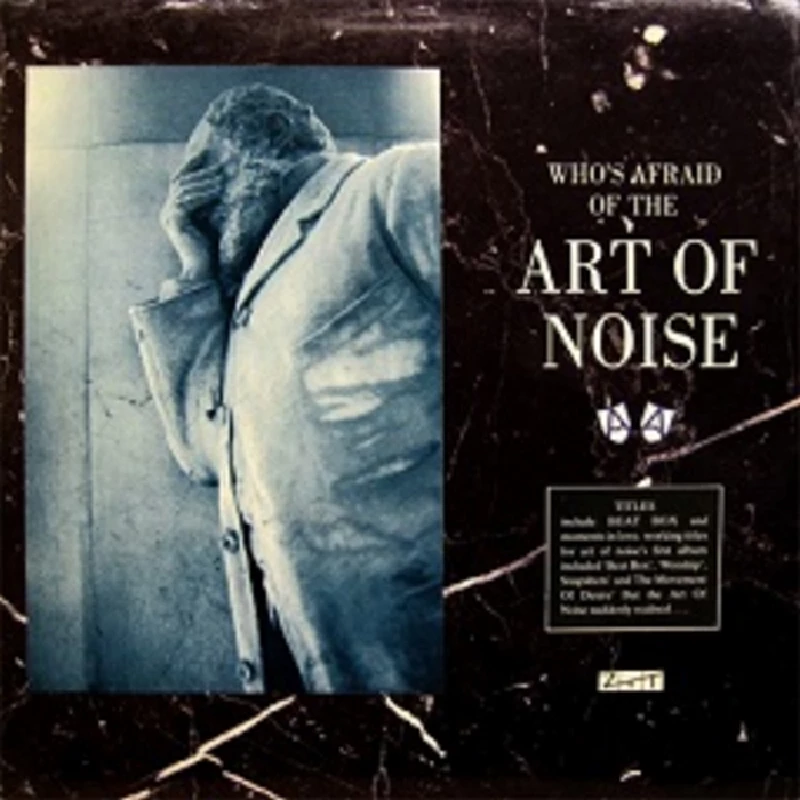
interviews |
|
Interview with Gary Langan (2014) |
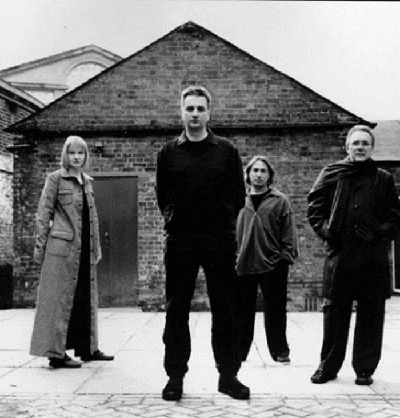
|
| Paul Waller chats to Gary Langan from 80's synthpop pioneers the Art of Noise about his lengthy production career and his influential band's career |
favourite album |
|
Who's Afraid of the Art of Noise? (2011) |
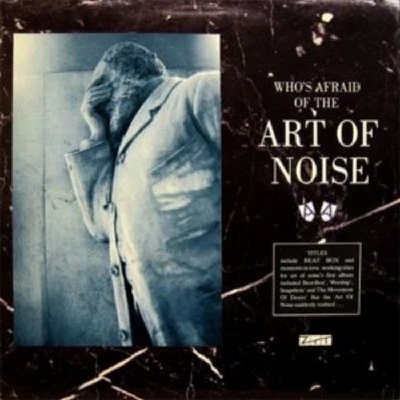
|
| Jon Rogers examines the Art of Noise's influential 1984 electronic album, 'Who's Afraid of the Art of Noise?, which has just been released in a new deluxe edition |
reviews |
|
Influence (Hits, Singles, Moments, Treasures…) (2010) |
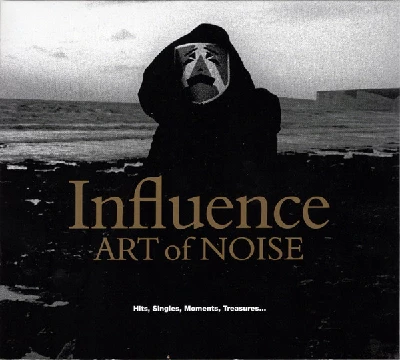
|
| Excellent and beautifully packaged double CD with many unreleased tracks from seminal 1980's electronic group, the Art of Noise |
most viewed articles
current edition
Carl Ewens - David Bowie 1964 to 1982 On Track: Every Album, Every SongArmory Show - Interview with Richard Jobson
John McKay - Interview
Colin Blunstone - Thalia Hall, Chicago, 16/7/2025
Billie Eilish - O2 Arena, London, 10/7/2025
Bathers - Photoscapes 1
Visor Fest - Valencia, Spain, 26/9/2025...27/9/2025
Loft - Interview
Sir Tim Rice - Interview
Robert Forster - Interview
previous editions
Manic Street Preachers - (Gig of a Lifetime) Millennium Stadium, Cardiff, December 1999Heavenly - P.U.N.K. Girl EP
Beautiful South - Ten Songs That Made Me Love...
Peter Perrett - In Dreams Begin Responsibilities Interview Part One
Boomtown Rats - Ten Songs That Made Me Love....
Oasis - Oasis, Earl's Court, London, 1995
Trudie Myerscough-Harris - Interview
Coldplay - Wembley Arena. London, 16/8/2022
Prolapse - Interview
Pixies - Ten Songs That Made Me Love...
most viewed reviews
current edition
Davey Woodward - Mumbo in the JumboSick Man of Europe - The Sick Man of Europe
Lucy Spraggan - Other Sides of the Moon
Suzanne Vega - Flying With Angels
Amy Macdonald - Is This What You've Been Waiting For?
Phew, Erika Kobayashi,, Dieter Moebius - Radium Girls
Bush - I Beat Loneliness
Blueboy - 2
Alice Cooper - The Revenge of Alice Cooper
Cynthia Erivo - I Forgive You
Pennyblackmusic Regular Contributors
Adrian Janes
Amanda J. Window
Andrew Twambley
Anthony Dhanendran
Benjamin Howarth
Cila Warncke
Daniel Cressey
Darren Aston
Dastardly
Dave Goodwin
Denzil Watson
Dominic B. Simpson
Eoghan Lyng
Fiona Hutchings
Harry Sherriff
Helen Tipping
Jamie Rowland
John Clarkson
Julie Cruickshank
Kimberly Bright
Lisa Torem
Maarten Schiethart